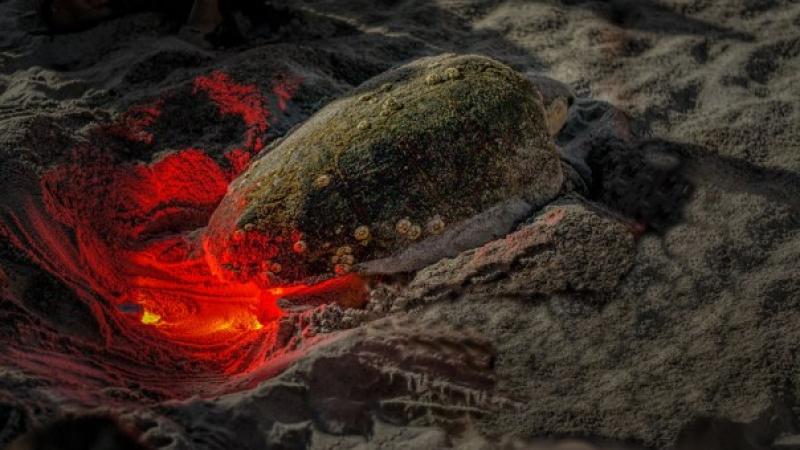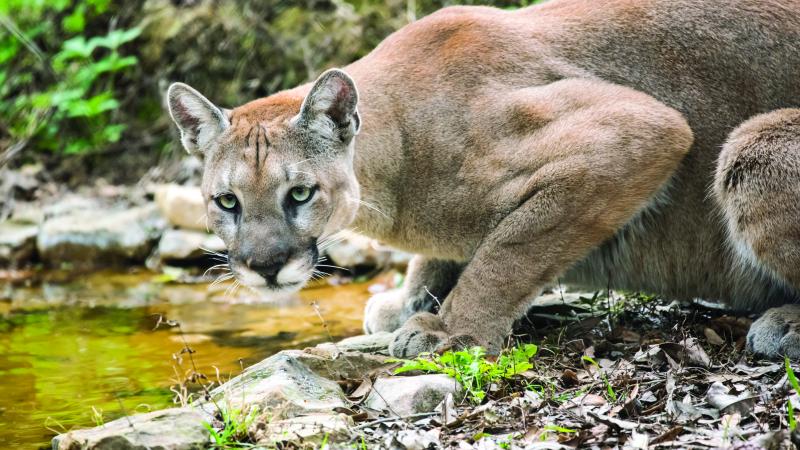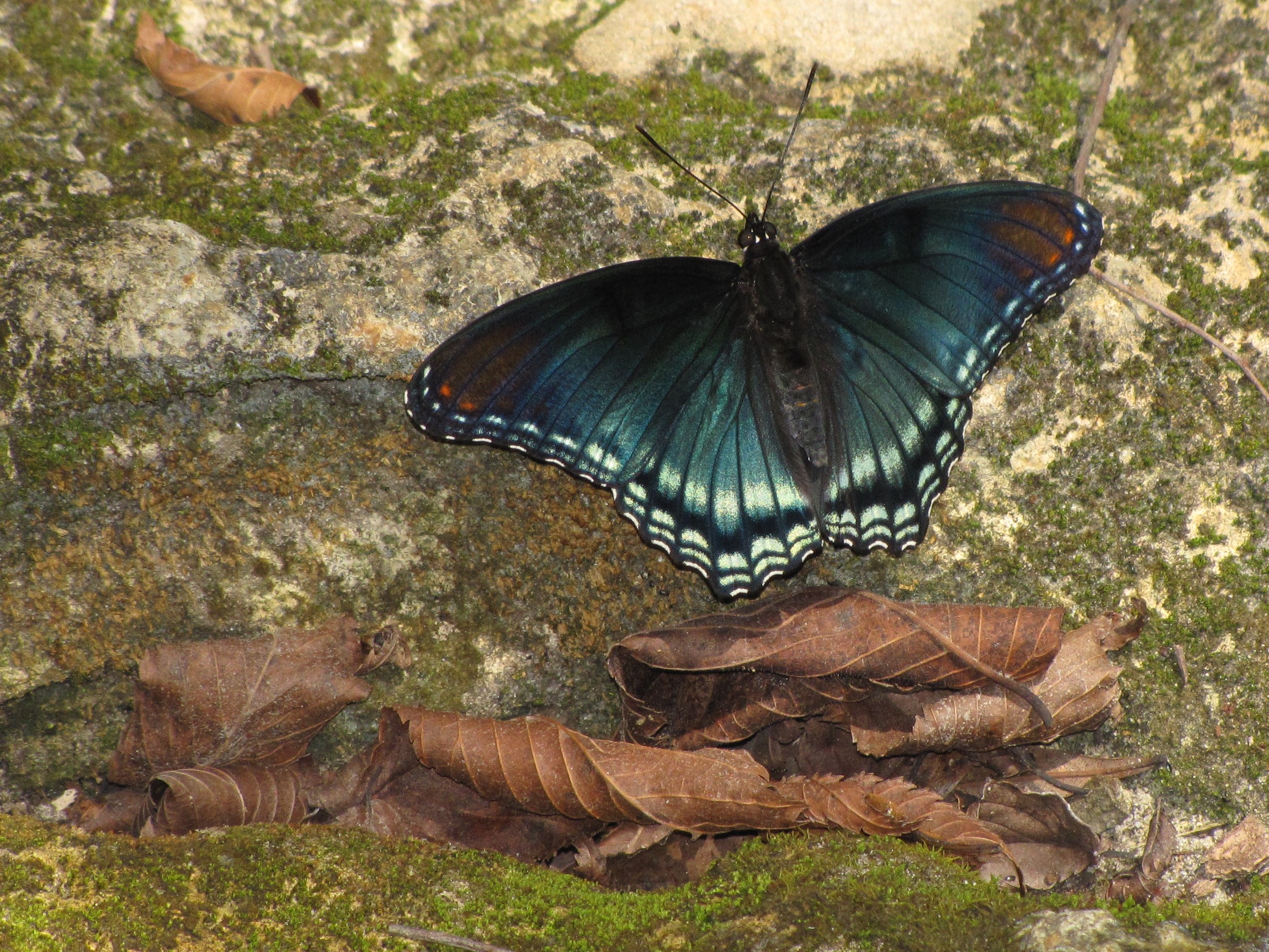
Finding Butterflies in North Central Florida
Butterflies, a specific group of insects that belong to the scientific order Lepidoptera, are one of Florida’s fantastic examples of Mother Nature’s artistic beauty. I fell in love with butterflies while I was a biologist at Wekiwa Springs State Park in Apopka, Florida.
My early insect mentors were Randy Snyder and Mary Keim. They introduced me to a national butterfly count that has been conducted twice a year since the early 1990s. They also opened my eyes to an alluring group of spineless critters that I, as a trained herpetologist (someone who studies reptiles and amphibians), would never have thought I wanted to understand so intimately, the invertebrates!

Butterflies and moths are both lepidopterans, which is a word derived from the ancient Greek term “scale-wing.” The specialized scales that cover their body are one attribute that separates this group from all other insects. A butterfly’s complement of scales provides a fascinating color array.
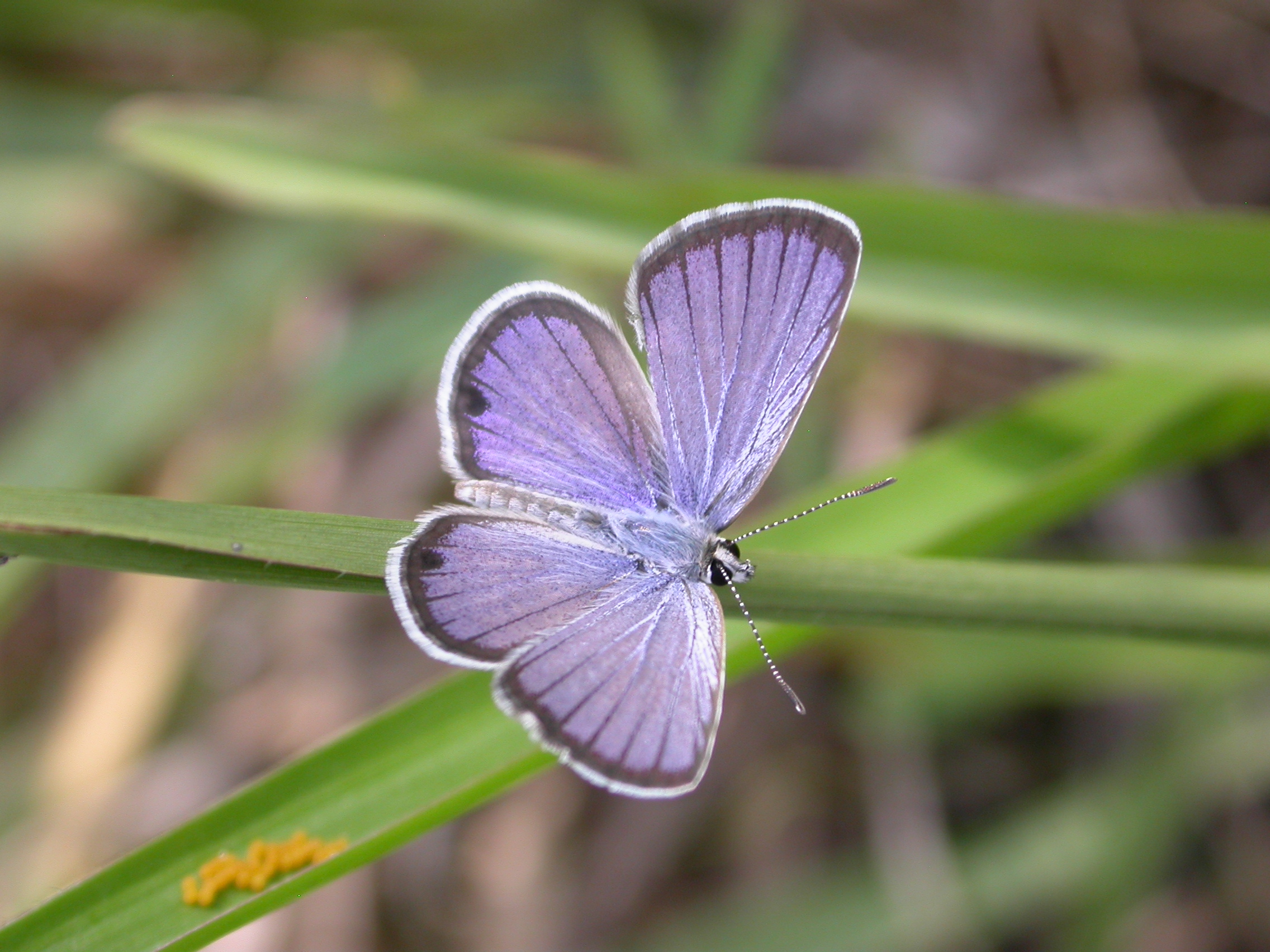
Butterflies in Florida
Worldwide, nearly 150,000 named lepidopterans are known, but the majority of these are moths with only about 20,000 butterfly species. Not including Mexico (over 2,000 species!), there are close to 765 butterfly species in North America.
Florida boasts the richest diversity of lepidopterans (nearly 3,000 species) in the eastern U.S. In Florida, experts have verified 170 native butterfly species with an additional 30 considered to be either non-native or vagrant strays. The zebra heliconian (Heliconius charithonia) is Florida’s state butterfly.
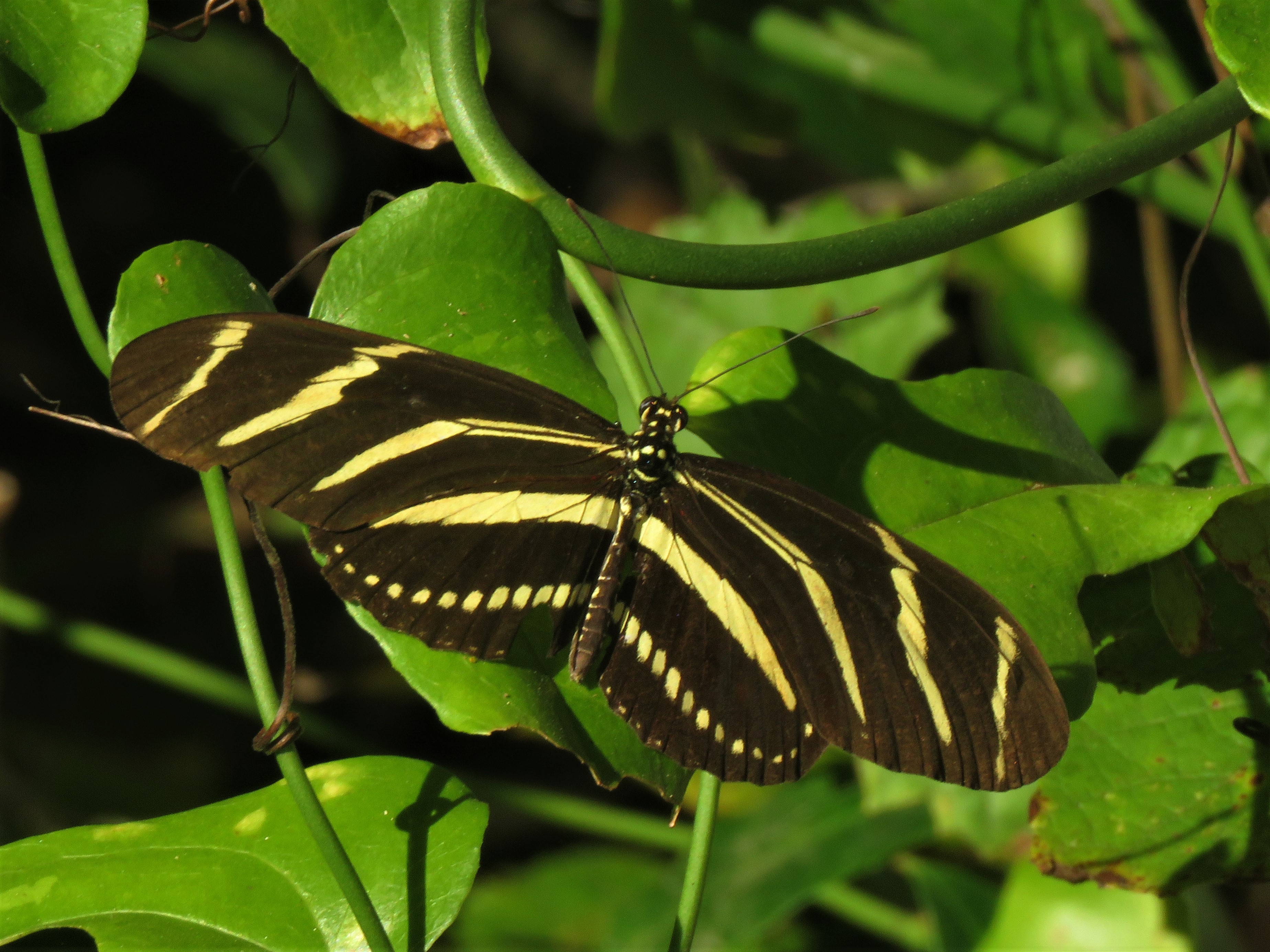
Florida has over 60 rare butterflies that have undergone an imperiled species evaluation and continue to be studied for their endangerment. At least 44 of those species have received a high ranking for being imperiled or critically imperiled, with four specifically on a U.S. Fish and Wildlife Service endangered species list. All four federally listed species occur only in the extreme south portion of the state.
Florida’s peninsula is in a unique place on the North American continent. Two important factors that greatly contribute to its variable climate are that it is bordered on three sides by warm marine waters and it is positioned at the same latitude as some of the world’s largest deserts. Since north Florida is closer to and resembles a temperate zone, and the southern part of the state a tropical zone, the weather gradient from north to south can be significant.
Florida’s climate strongly influences the distribution of butterflies in the state. Similarly, butterflies are directly tied to a variety of suitable habitats. Like many other organisms, butterflies can be habitat generalists or specialists. A Florida butterfly’s life cycle can intersect with over 60 natural community types that are found throughout the state.
Four Stages of a Butterfly’s Life Cycle
Like insects, a butterfly’s life cycle is complex, with four general stages, namely egg, caterpillar, chrysalis (or pupa stage) and adult. The adult stage is the one that we most often observe as they search for flower nectar in gardens or along roadside habitats.
Adult butterflies typically live short lives with the average somewhere between a week and a month. However, the life cycle for some longer-lived butterflies can be up to several months to a year as is the case with the Mourning Cloak (Nymphalis antiopa).
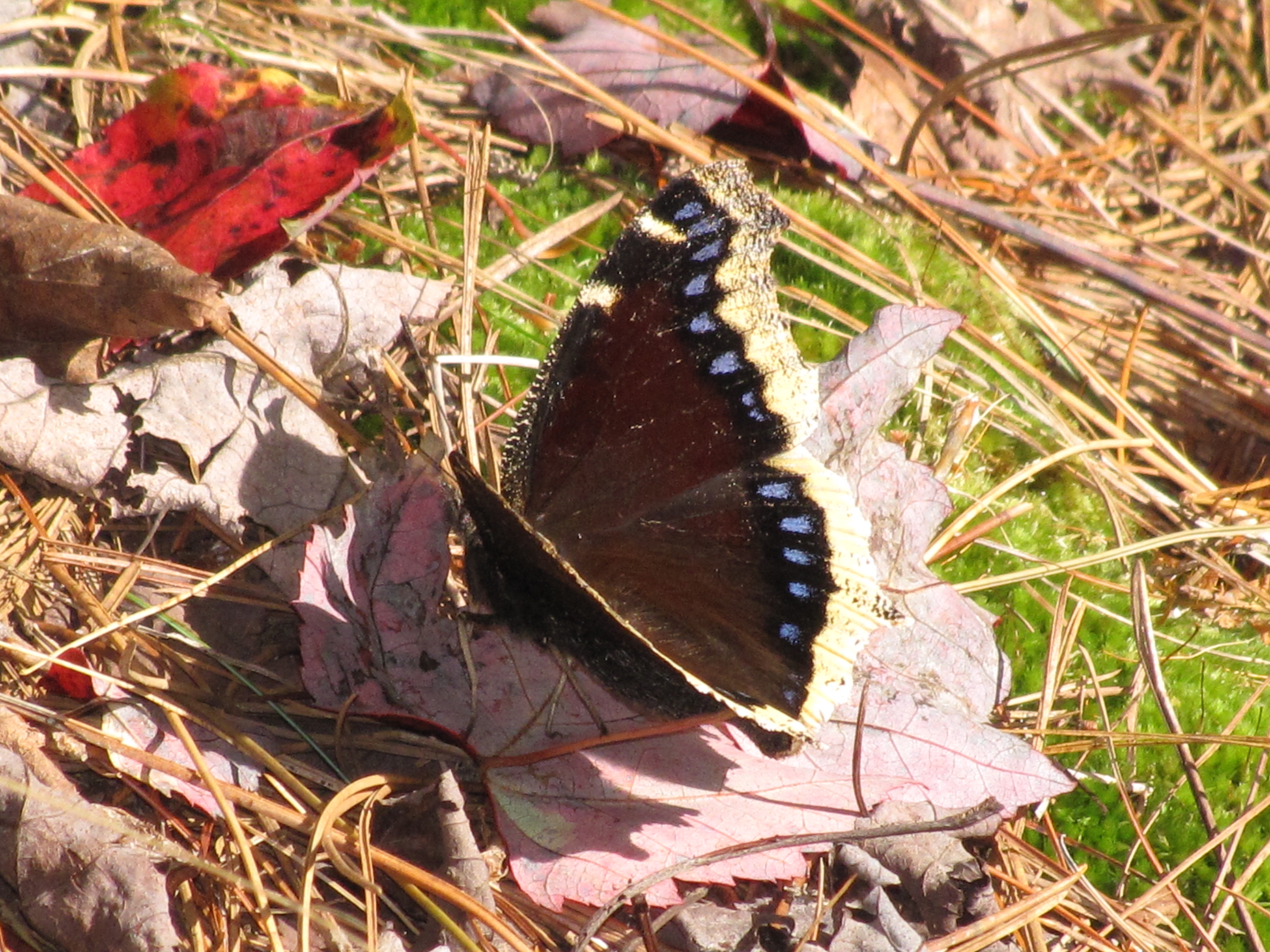
Florida has many suitable habitats for butterflies, so anywhere you find wildflowers you can probably see a butterfly flitting around. Nonetheless, a butterfly caterpillar can be extremely picky about the foods they eat, and adult females are especially selective about which host plants are suitable for laying their eggs.
Studying Imperiled and Endangered Butterflies
I have studied imperiled butterflies since 2008 when I was asked to participate in the statewide assessment and distribution of rare butterflies on Florida’s conservation lands. Dean and Sally Jue from the Florida Natural Areas Inventory and Kathy Malone of Gainesville’s local chapter of North American Butterfly Association were awarded a state grant to evaluate rare butterflies from 2007-2010. We spent time across nearly all state-owned lands in north Florida where records of rare species were known, including within Florida’s state parks.
In 2016, I was also invited to represent the District 2 region on a north Florida imperiled butterflies working group. This diverse stakeholder group was created to fulfill a strategic need to protect and understand rare and imperiled butterflies of north Florida.
In general, rare and imperiled butterflies are habitat specialists. Habitat specialists are often associated with specific plants that are usually only located within special ecosystems. Because of this, our north Florida team would target specific habitats known for each species we were searching to find. Henry’s elfin (Callophrys henrici), for example, is strongly associated with wetlands and swamps with its host trees in the Holly family (Aquifoliaceae).
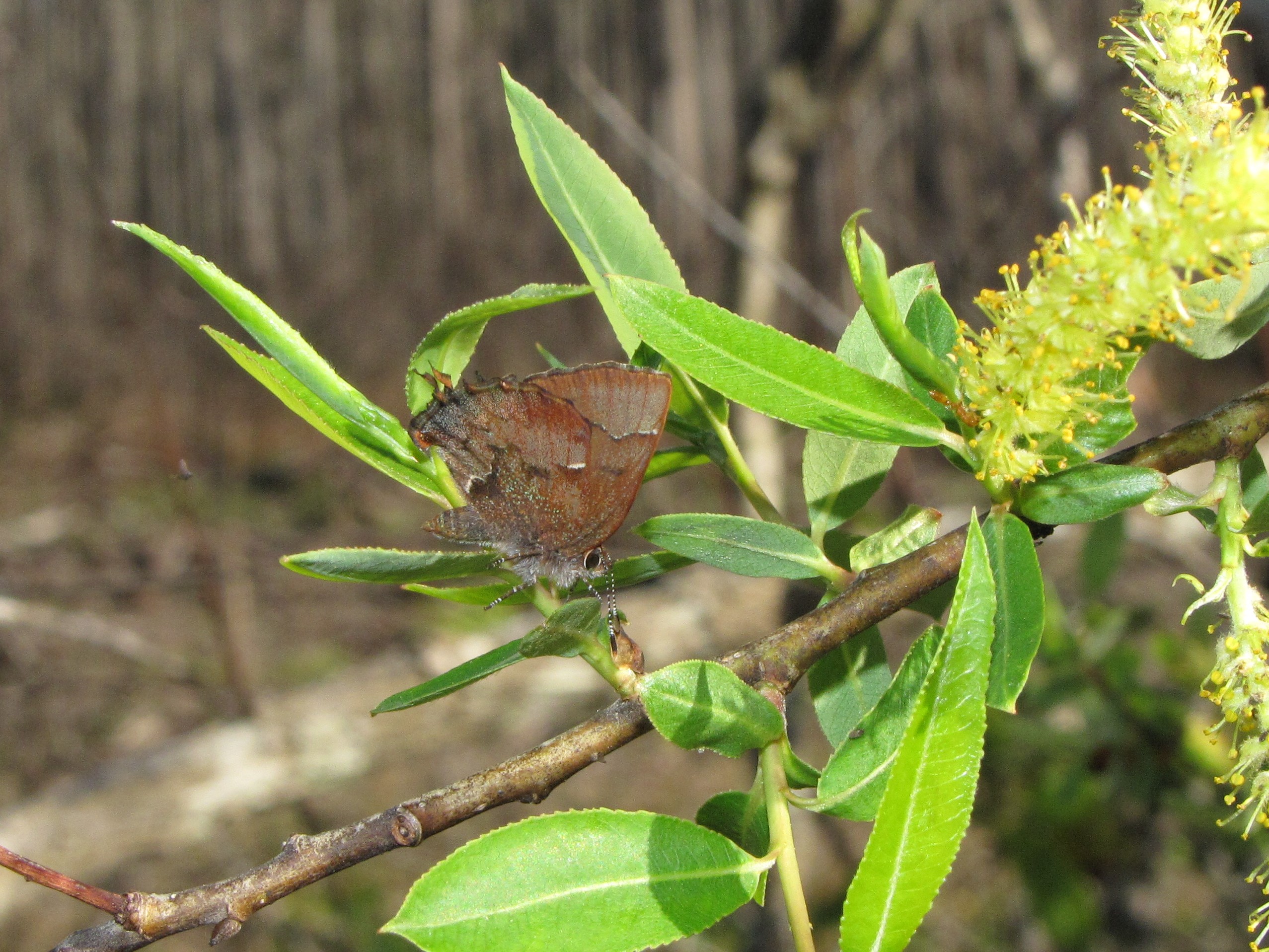
A close relative of Henry’s is the Frosted elfin (Callophrys irus). Frosted elfin caterpillars feed almost exclusively on sundial lupine (Lupinus perrennis) in Florida. These flowers grow in sandhill ecosystems, one of Florida’s most imperiled upland communities.
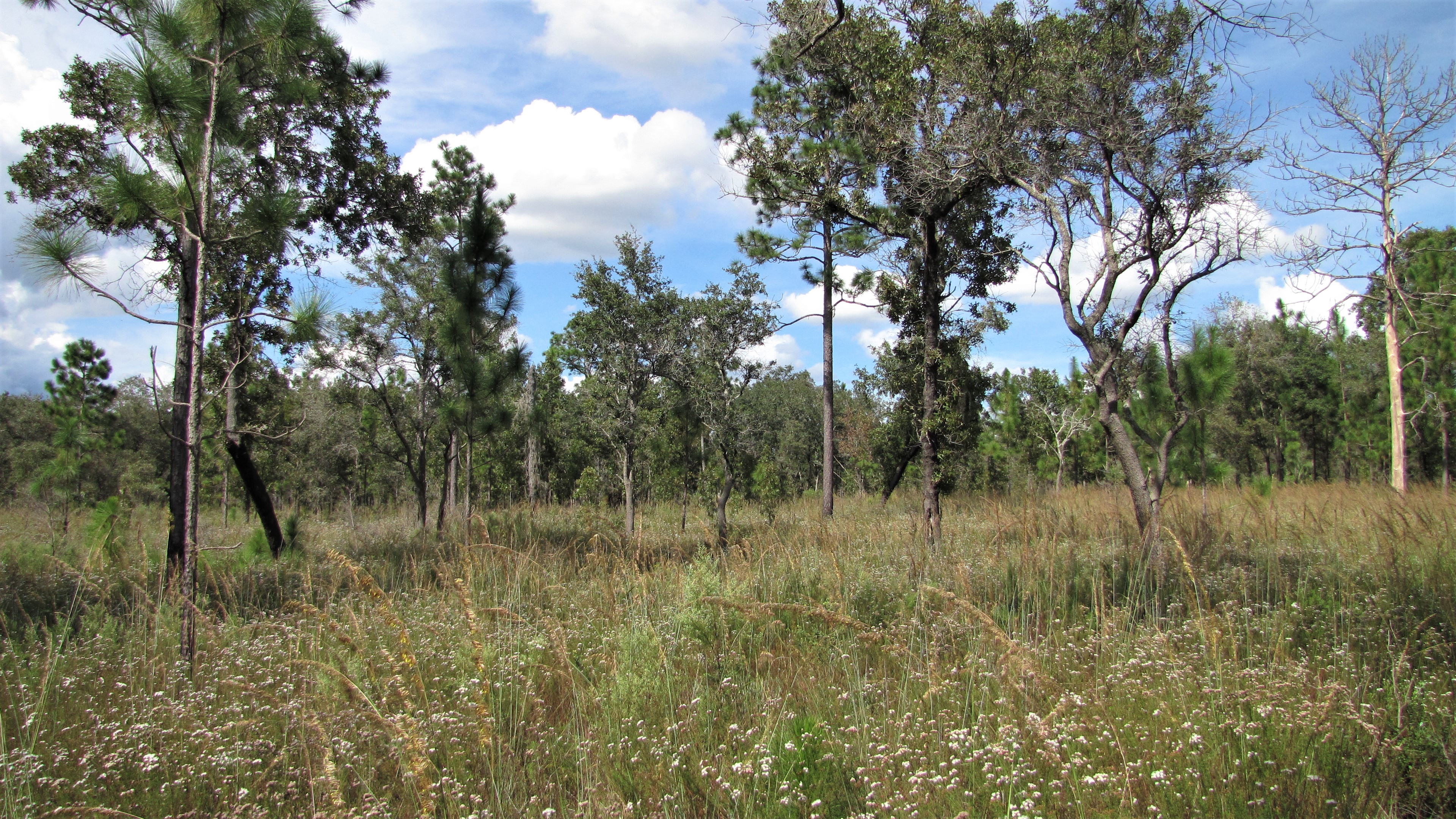
Butterflies in Florida use up to 32 different natural communities that are habitats in decline through loss or degradation due to human activities, according to experts at the Florida Natural Areas Inventory. At least eight of these special natural communities in north peninsular Florida are said to harbor a majority of the rare and imperiled butterflies in this region. The sandhill ecosystem represents one of these special imperiled habitats.
Butterflies and Sandhill Communities
During my surveys for rare species in 2010, I also became interested in a comparison of butterflies and other invertebrates that were found in sandhill communities across all district 2 parks. Two species I targeted were closely related -- dime-sized butterflies called Meske’s skipper (Hesperia meskei straton) and Dotted skipper (H. attalus slossonae).

Butterflies, especially skippers, are often very difficult to identify on the fly, so it is always best to get a photograph of any questionable sighting. As you might imagine I have organized thousands of photos of butterflies! If only I spent all my time chasing butterflies!
State Parks in the Region Where You Can See Butterflies
There are 45 state parks in north peninsular Florida. The largest unit is Crystal River Preserve State Park (27,417 acres) and the smallest is Fernandina Plaza Historic State Park (less than 1 acre). The diversity of natural communities in the region is among the best in the state. Because it sits on top of one most geologically active karst aquifers in the world, the Floridan Aquifer, this region has more first magnitude springs than any other place in the state.
There are 15 state parks within the region that are associated with a major freshwater spring-run stream ecosystem.
Upland communities are also ecologically diverse within the region. There are 11 parks in this region that protect nearly 5,000 acres of good-quality sandhill ecosystem that are maintained by prescribed fire. Within the district 2 upland and wetlands communities, especially sandhills, there is a rich diversity of butterflies. Within this region, I have documented 104 butterfly species. This represents nine major groups of butterflies such as swallowtails, sulphurs, hairstreaks and skippers.
Within that mix, 16 species are considered imperiled. By far, the largest groups of butterflies that I have identified in the District 2 region are the skippers, totaling nearly 50 species.
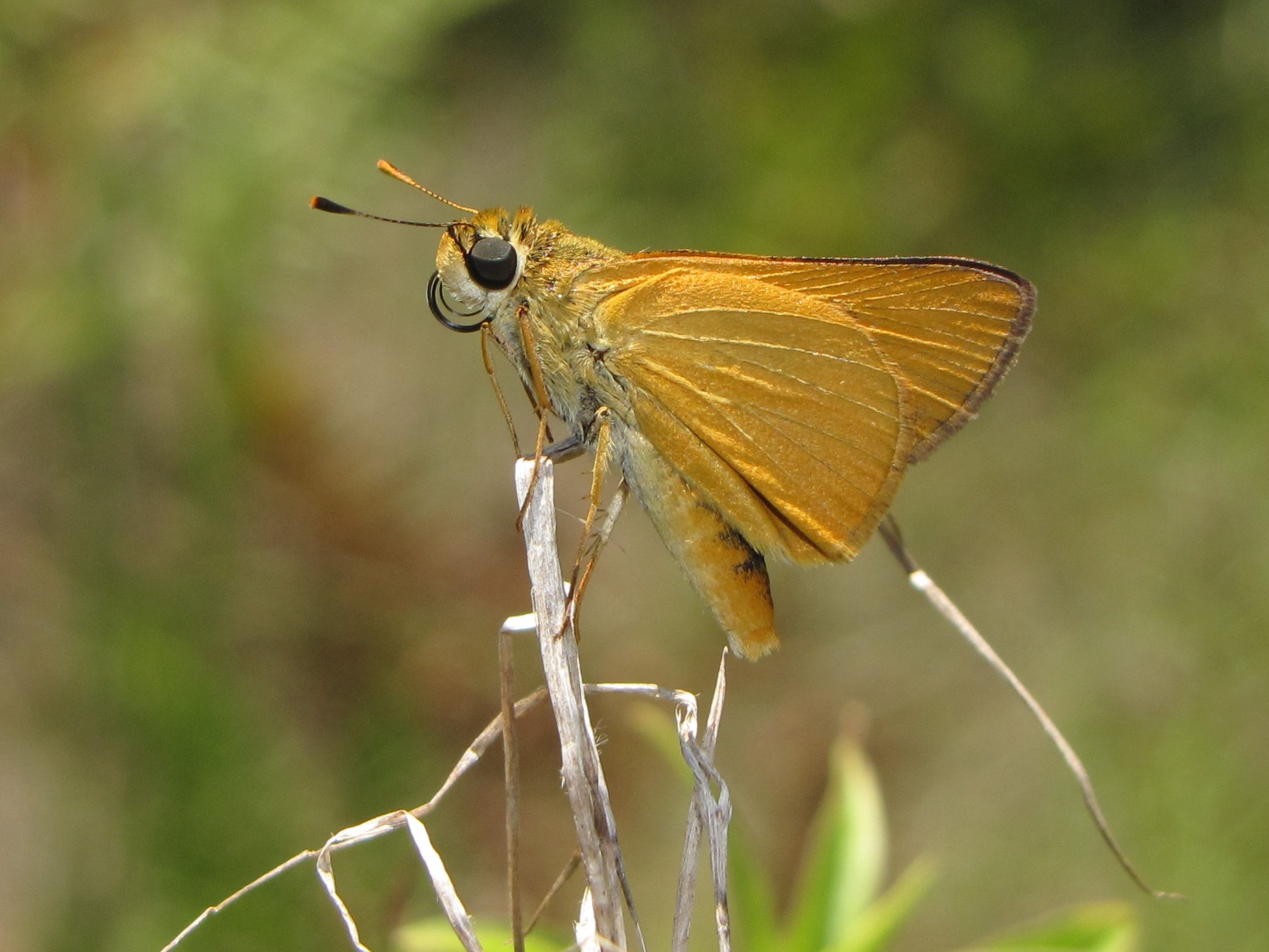
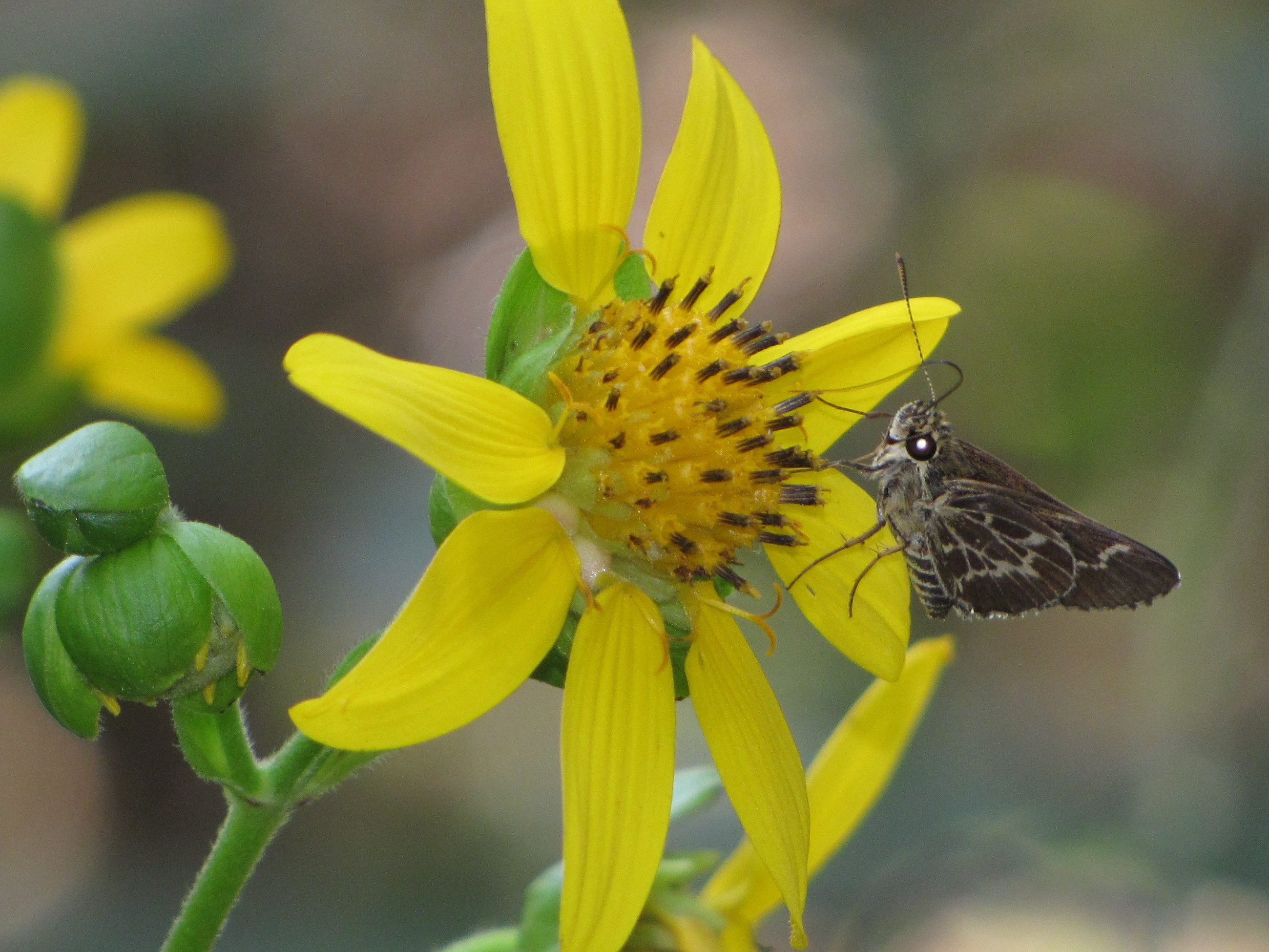
Butterflies can be seen in most state parks, but you’ll have the best opportunities here in north central Florida:
- Big Shoals State Park in White Springs
- Big Talbot Island State Park in Jacksonville
- Crystal River Preserve State Park in Crystal River
- Fort Cooper State Park in Inverness
- Ichetucknee Springs State Park in Fort White
- Little Talbot Island State Park in Jacksonville
- Manatee Springs State Park in Chiefland
- Marjorie Harris Carr Cross Florida Greenway, spanning 110 miles from the Gulf of Mexico to the St. Johns River
- Mike Roess Gold Head Branch State Park in Keystone Heights
- O’Leno State Park in High Springs
- Paynes Prairie Preserve State Park just south of Gainesville
- Pumpkin Hill Creek Preserve State Park in Jacksonville
- Rainbow Springs State Park in Dunnellon
- San Felasco Hammock Preserve State Park in Alachua
- Suwannee River State Park in Live Oak
- Waccasassa Bay Preserve State Park in Cedar Key
Finding My Favorite Butterfly
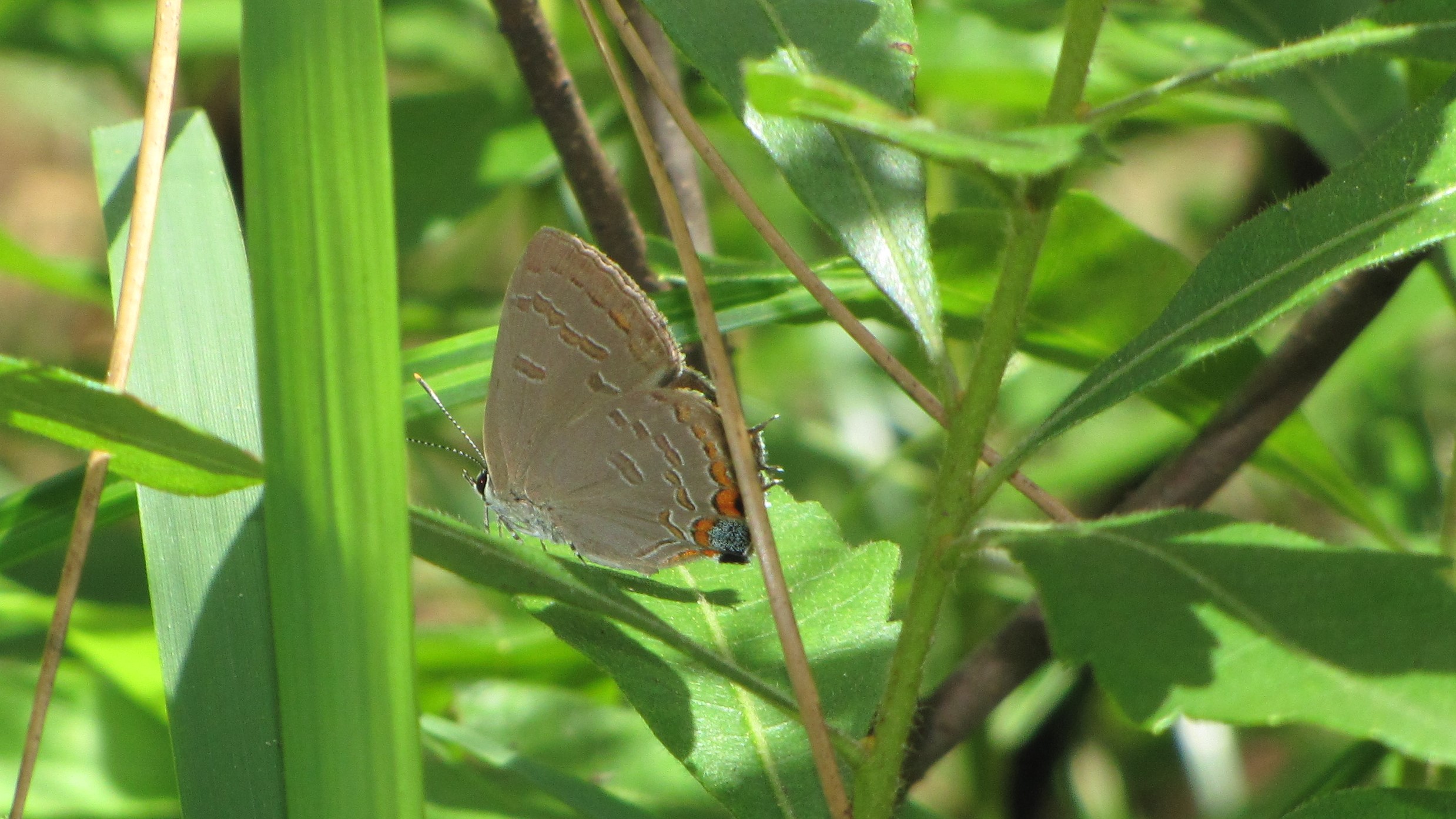
One of my favorite district 2 butterflies is the King’s hairstreak. I first discovered this temperate zone-adapted species at San Felasco Hammock Preserve State Park in 2009. At the time, its closest population in Florida was over 120 miles to the north, near Tallahassee. Since then, I have documented an additional King’s population at Manatee Springs State Park.
Butterfly Challenge and Reward
One of my most challenging efforts occurred in 2017-18 when I participated in a two-year insect pollinator study led by Jeff Norcini, a botanist, or plant biologist, with the Florida Department of Transportation.
An insect pollinator is defined as those animals involved with pollen movement from flower-to-flower for plant reproduction. Jeff was interested in wildflower diversity, and my task was to identify as many “invertebrate” species as possible. The purpose of the study was to demonstrate the importance of roadside habitat for insect pollinators. During the study at each of three 2-acre study sites, roadside vegetation was left to grow naturally without mowing and wildflowers and insect diversity was documented.
I am still analyzing the results, but I identified over 265 different insect species, including 43 butterflies. Even though this study was not at a state park, the knowledge of insect biodiversity I gained is now being applied to expand the invertebrate inventory in our state parks.

Sources
Daniels J., J. Schaefer, C. Huegal, and F. Mazzotti 2014. Butterfly gardening in Florida. University of Florida, Wildlife Ecology and Conservation Publication #22. https://edis.ifas.ufl.edu/uw057 23 pp.
Schweitzer, D., M. Minno, and D. Wagner 2011. Rare, declining and poorly known butterflies and moths (Lepidoptera) of forests and woodlands of the eastern United States. United States Department of Agriculture, Forest Service, Morgantown, West Virginia. 517 pp.
More Information
- Florida Natural Areas Inventory
- The Lepidopterists Society
- The Xerces Society
- North American Butterfly Association
- Butterflies and Moths of North America
- Bug Guide
About the Author
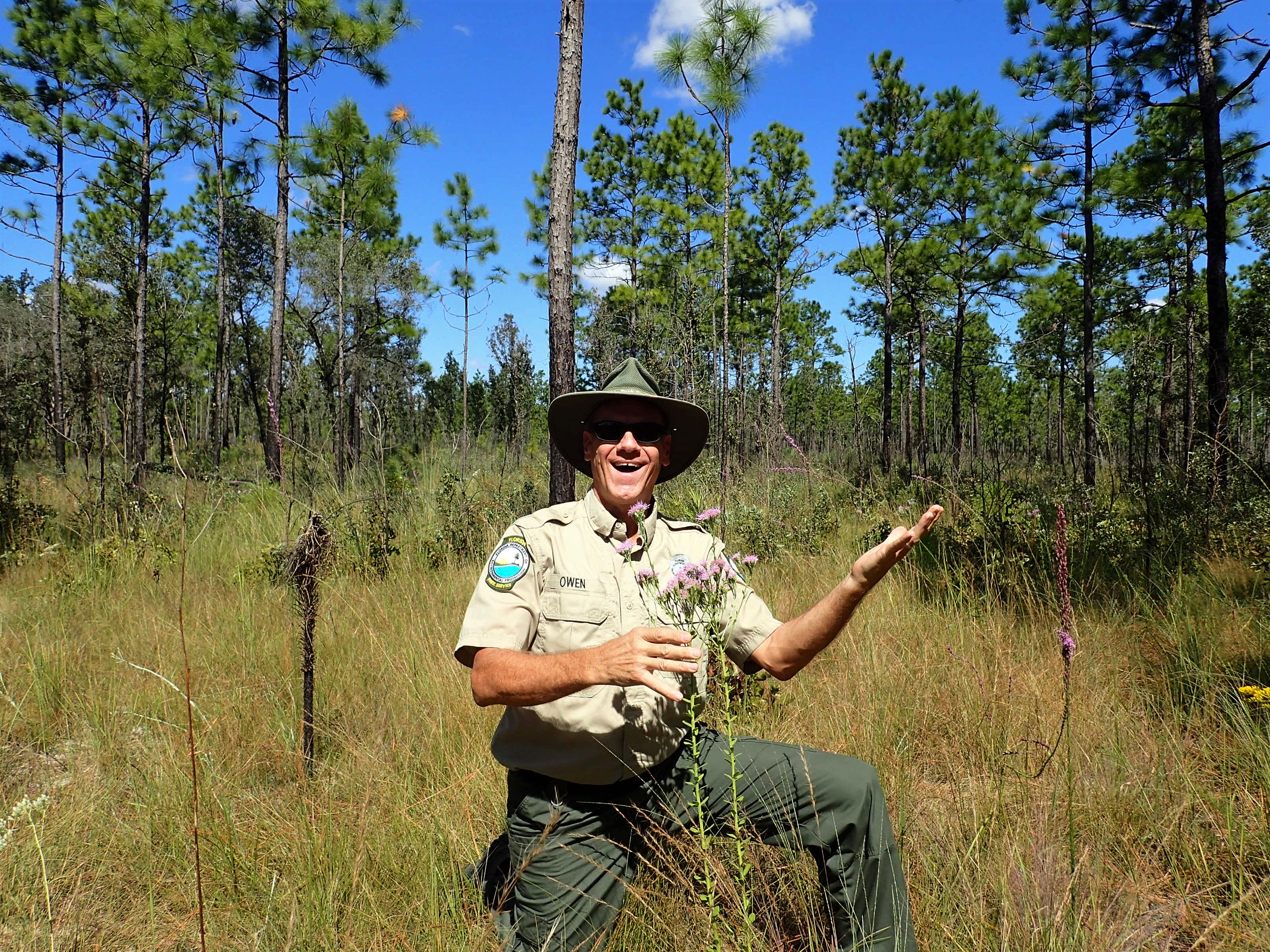
Rick Owen received a bachelor’s degree and master’s degree in biology from the University of Central Florida with research on amphibian ecology, vertebrate monitoring and wetland characterization. He spent 2 1/2 years at the University of Florida, prior to joining the Florida Park Service. Rick has studied marine turtles, alligators, manatees, fox squirrels, striped newts and several imperiled invertebrates.
Rick began his Florida Park Service career in 2001 as a biologist at Guana River and then Wekiwa Springs State Park. He is currently a biologist with district 2 in north central Florida, specializing in water resources, imperiled species and prescribed fire management. In 2009, he began monitoring imperiled invertebrates in upland ecosystems, working with Say’s spiketail (Cordulegaster sayi), purple skimmer (Libellula jesseana), dotted and Meske’s skippers (Hesperia meskei).
Rick is also passionate about the outdoors and mountain biking. Over the past 20 years, Rick and his wife, Robin, have shared hundreds of biking adventures that have taken them into remote natural areas across the United States and Europe.
All photos in this article were taken by Rick.
About The Biologists Tell the Story Series
In this series, we will learn a little more about our biologists, as they share stories of their work in Florida’s state parks. The leadership and scientific research our biologists provide is essential for our legacy of conservation and land management. This series is an opportunity to connect these projects to the places where we ensure the health and sustainability of Florida State Parks.
